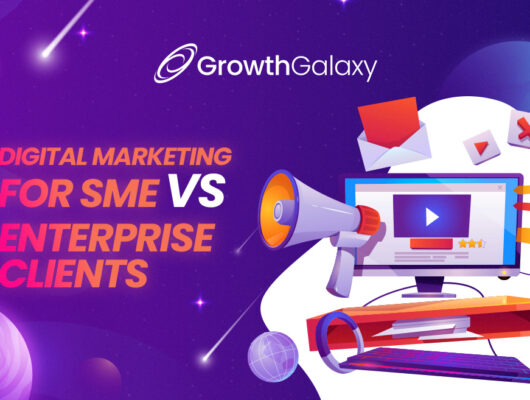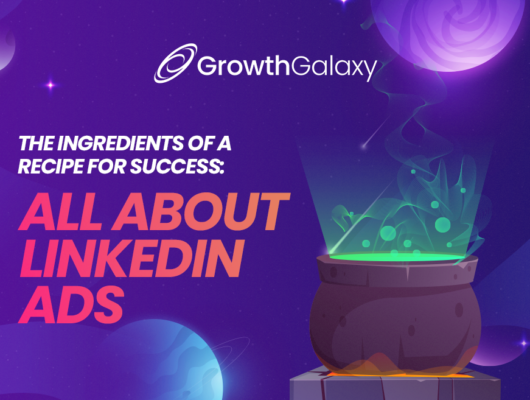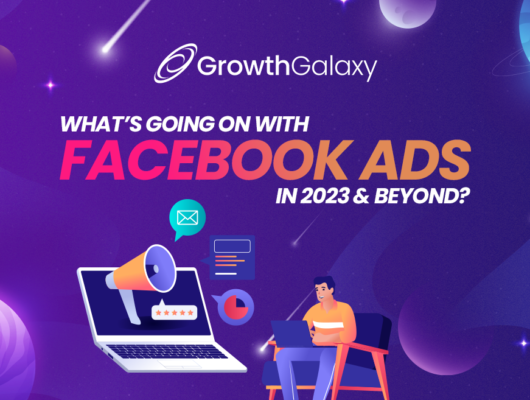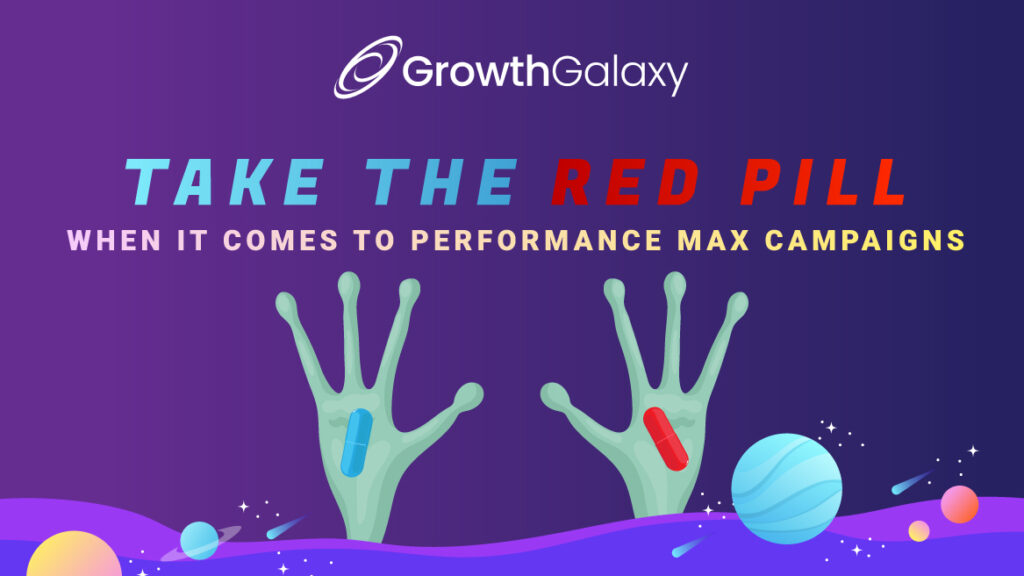
The PMax Paradox 
Performance Max is a paradox
If you take the blue pill 
If you take the red pill 
If you’re stuck in the matrix, you probably think Performance Max is amazing and is a huge improvement to the platform. It makes it easier for businesses small and large to get ads out into the internet.
If you’ve taken the red pill and escaped your alien pod, you see Performance Max for what it is. It’s yet another play by Google to restrict information, disempower businesses, and make Google itself more money in the process.
Remember when they removed a large portion of search queries for no reason
Remember when they killed ETAs to make it way harder to control what your ads look like for no reason
Why would pMax be anything other than yet another power play by Google to make more money at your expense
So what can we can do in this situation? Clearly, if you listen to Google and do as you’re told, you’re going to hemorrhage money. I mean, that’s good for us to come in and replace agencies that do that, but it’s not good for businesses’ bottom lines.
So here’s the paradox again. Performance Max is easy to set up by design. It’s also hard to get to work well by design. There are use cases for it which we’ll get to later, but in those cases you need to go against Google’s advice and most of the information that you’ll find on the internet.
So it’s simple, yet complicated.
It’s never been more critical to think critically and be a skeptic. If your agency is following what Google recommends, you’re in huge trouble

It’s a Trailer Home
Imagine that you’re looking to build your dream house 🏠
Of course to get there you’ll need to design the floor plan, choose materials, go with a style, plan out furniture, etc.
Now imagine that you talk to an architect and he recommends that you just go with a trailer home instead. Oh, and you have to pay him the same price that you were wanting to pay for your dream house.
You tell him, “No way!” 🙅
The architect doesn’t listen and keeps repeating himself over and over like a broken record 🙄
That’s what it’s like dealing with Google, and of course the trailer home is Performance Max. There are two reasons why:
- It’s premade, you have very little options to customize ❌
- It’s pretty much objectively inferior 👎
Not everyone can build their dream home though. For many people, getting a trailer home is the logical thing to do. Many people may not have the resources to build their own home.
For business owners with no time or resources, pMax may be the right choice so that they can get something running.
For anyone with the resources, you’ll 100% want to choose a good architect (a good agency) who can come up with a customizable solution for what you’re looking for 👍

Cannibalization
Performance Max is a cannibal
Very often pMax campaigns will start stealing traffic from your other concurrently running campaigns like Search, Display, etc.
This traffic tends to be higher quality (like branded) which starves your other campaigns and makes pMax look better than it actually is.
This often leads to people pausing their previous campaigns and just using pMax. This ends with a lot of wasted money compared to running separate campaigns for everything
Think about it
If you can’t see the breakdown of branded vs nonbranded traffic, you have no idea of how they compare in terms of profitability. You need to just keep feeding Google your money without knowing if you’ve maxed out your profitable traffic.
Google doesn’t care, they just want more of that ad spend!
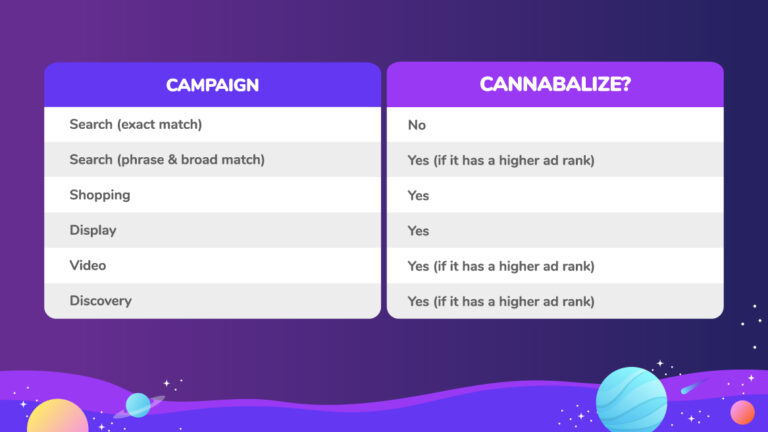
So, what can you do if you run a pMax campaign?
The #1 best thing you can do no matter what is to add your branded terms as negatives. Keep branded traffic totally separate and alive with Search and Standard Shopping campaigns.
This way you can evaluate pMax for purely nonbrand traffic and get an idea of how much it’s actually making or costing you 💡
Adding negatives isn’t as easy as you’d think it would be, though. In fact, they purposely make it more difficult than it should be.
Currently, you need to contact a rep multiple times to get them to manually add in the negative keyword list rather than just adding it in using the Google Ads platform.
They’re trying to make it harder than splitting atoms for anyone who wants to know where their money is going ⚛

Burger Methods
Firstly, I have to give credit to Adchieve for coming up with this concept.
Let’s talk about how to structure accounts that do use pMax.
Since pMax replaced Smart Shopping, it’s a shopping-first campaign type. Not many people know that you can create a pMax campaign with no asset groups. This allows it to run as a shopping campaign while not running on the other networks. In many cases this is the optimal setup for e-commerce companies.
So what else do we need to build out an optimal structure here?
Since we’re excluding branded terms, we want to have a branded search campaign as well as a standard shopping campaign. Since branded is excluded from pMax at this point and since pMax will cannablize shopping whenever it can, all shopping queries that are branded will end up in this standard shopping campaign.
Through this segmentation we’re able to peer a little deeper into the black box of pMax and, despite Google’s best efforts, make better strategic decisions and scale revenue more effectively.
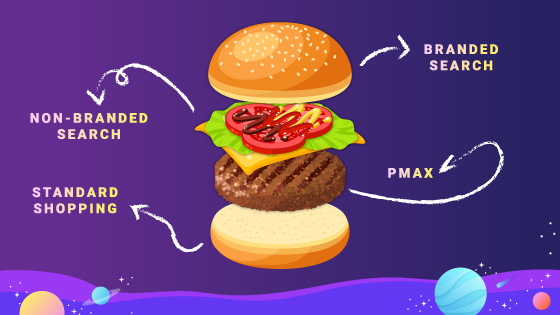
This is a version of the burger method 👆

Feed The Beast
The most important part of running a pMax campaign is feeding it good data.
For e-comm that’s relatively straightforward.
For lead gen it’s a bit more complicated and, for the record, I generally wouldn’t recommend running it for lead gen.
If you do run it for leads, it’ll just feed you the largest volume/lowest quality leads it can find. You won’t be able to control who sees or doesn’t see your ads.
So what can you do?
The ideal would be to have your CRM push more down-the-funnel data in Google Ads as conversions. This applies to other Google campaign types as well.
Marketers may want to optimize for as far down the funnel as they can, so for actual deals/revenue. Or maybe opportunities. This makes sense if you’re using auto bidding AND have a large volume of super down-the-funnel conversions.
If you’re only feeding Google ~5 closed deal data points per month, you’d probably be better off feeding it ~30 MQLs/SQLs so that the machine learning has more data to work with, even though it’s not as high quality.
So when feeding the beast you need a good volume first, and then quality second.

Ride The Dragon
Learning has always been important for Google Ads (and life in general!)
But as time goes on the rate of acceleration of changes to the platform is increasing. With the constant launching and sunsetting of features, best practices are changing faster than ever and it can be difficult to keep up. But, at the same warp-speed rate the platform changes, people are discovering ways around Google’s attempts at restricting information and disempowering us.
The platform wasn’t this way in the past. Best practices would stay relatively static for years at a time. People could be fine with doing the same thing for 3, 4, 5 years without learning anything new.
Those days are long gone.
To be successful now, a good PPC professional/agency needs to:
- Constantly learn and network with other industry professionals
- Be comfortable with disagreeing with people and entities *cough* *cough* Google
- Be a skeptic, but keep an open mind
Enjoying our content?
Join our newsletter 🙂












